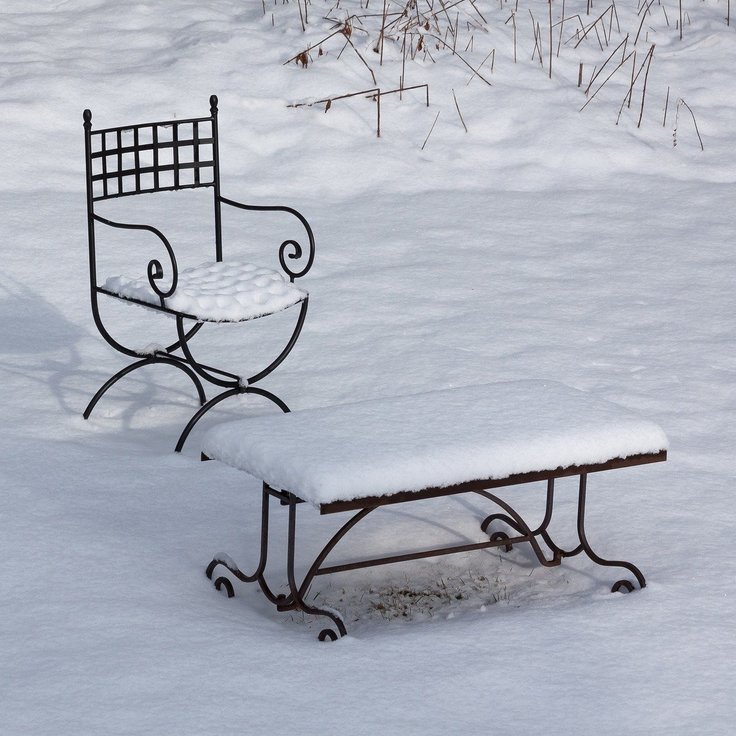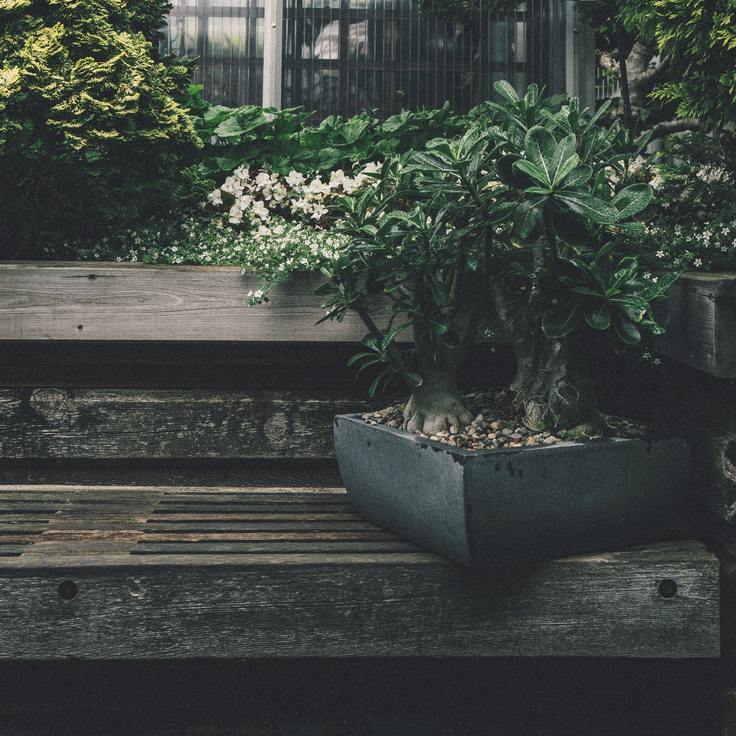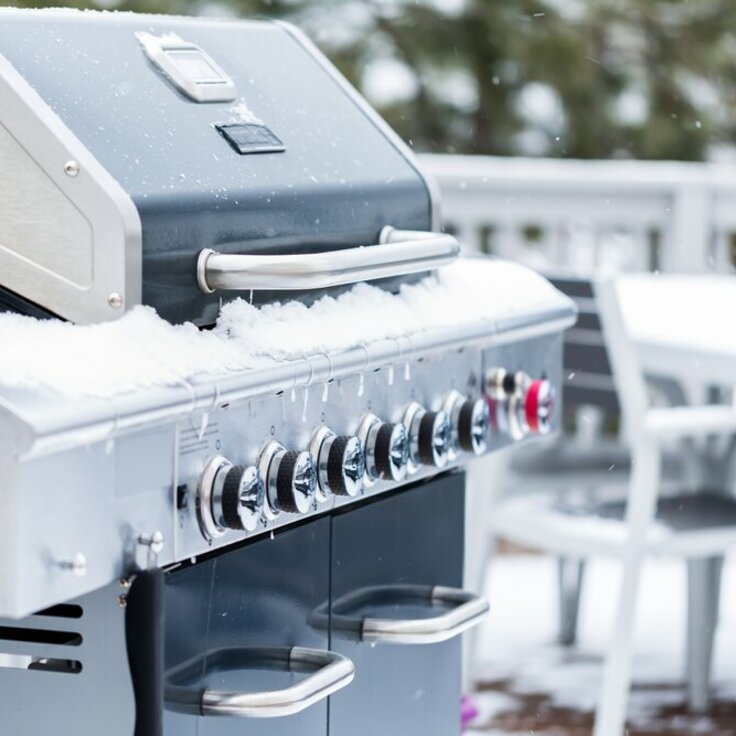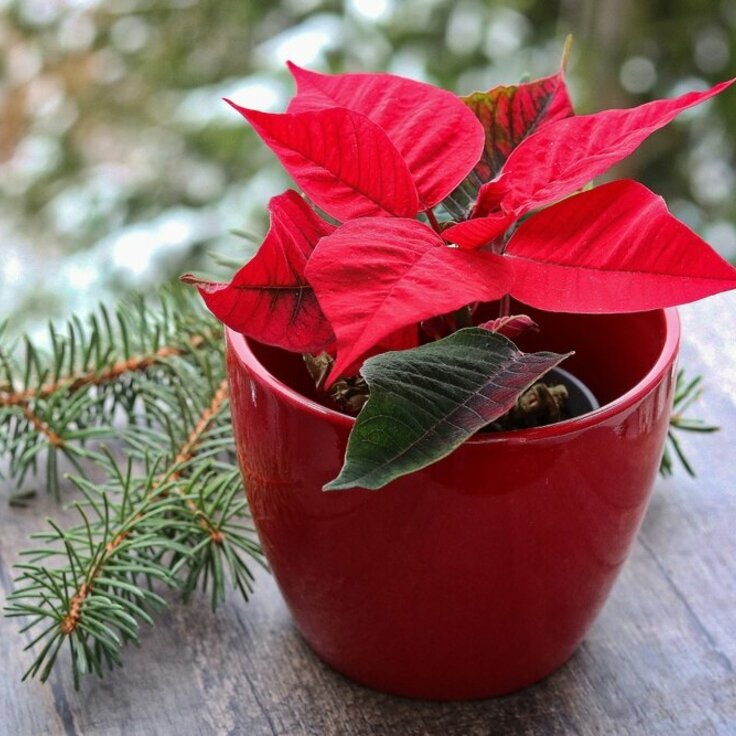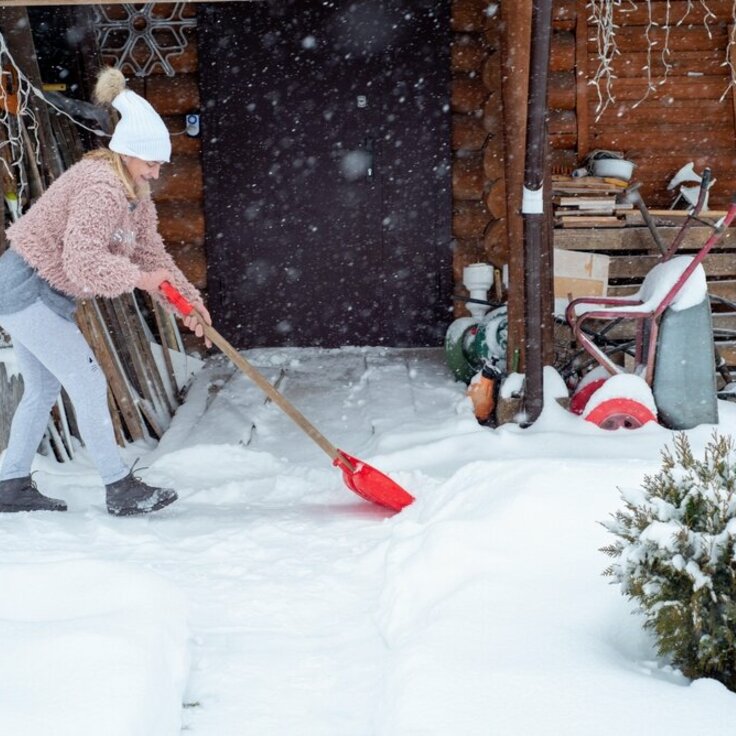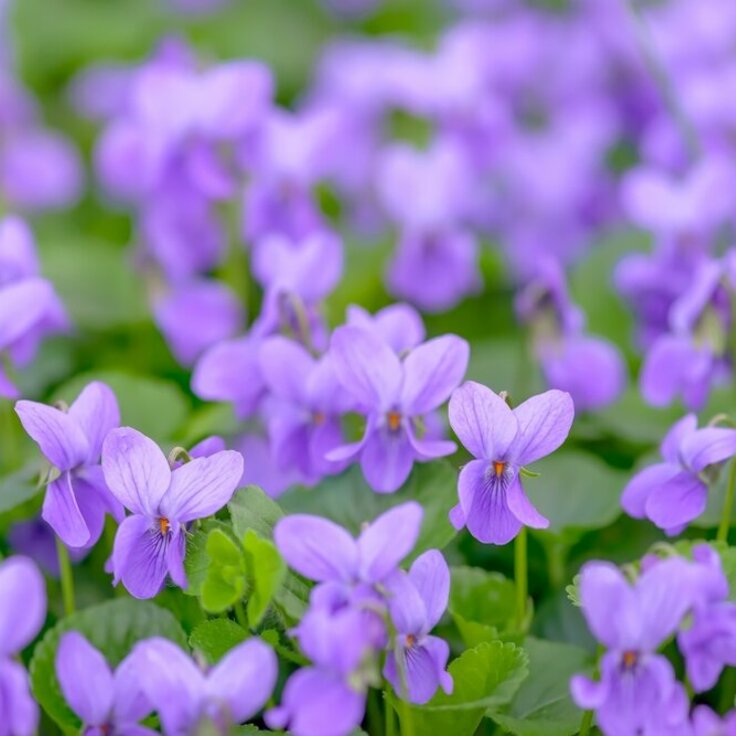The Importance of Sealing Outdoor Surfaces to Prevent Green Deposits
As property owners, we all want our outdoor surfaces to look pristine and well-maintained. However, over time, we may notice that green deposits start to form on various outdoor surfaces, such as our sidewalks, patios, and driveways. These green deposits are not only unsightly, but they can also pose a significant hazard as they can become slippery and cause falls. In this article, we will explore the importance of sealing outdoor surfaces to prevent green deposits and provide useful tips to help you maintain your outdoor surfaces.
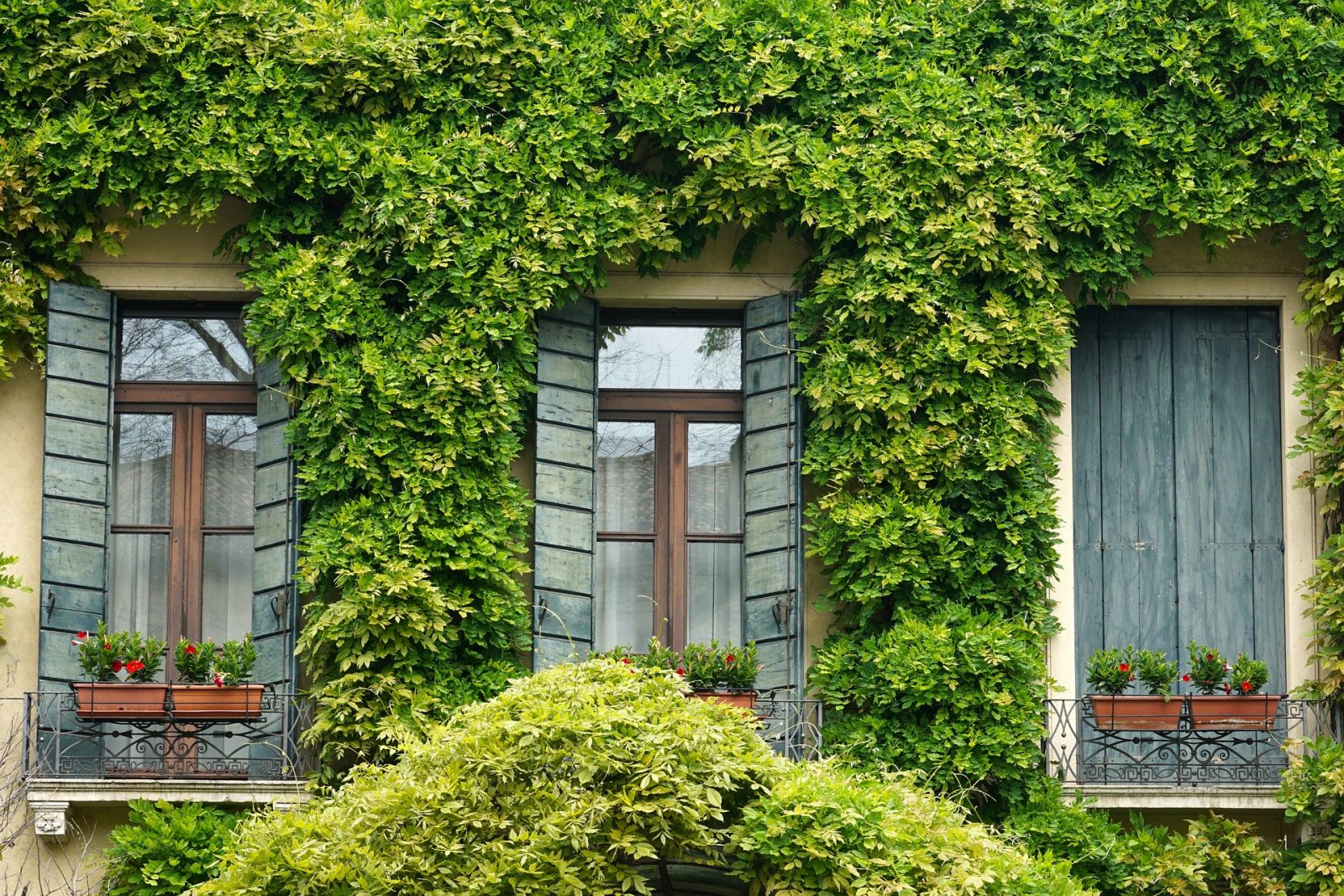
What are Green Deposits?
Green deposits on outdoor surfaces are usually algae, mold, or mildew. These microorganisms thrive in warm and humid conditions and can spread rapidly if left unchecked. They can cause permanent stains on your outdoor surfaces and make them look unattractive. Furthermore, these green deposits can become slippery and pose a significant safety hazard.
Why Seal Outdoor Surfaces?
Sealing outdoor surfaces is an effective way to prevent green deposits from forming. Sealing creates a barrier between the surface and the surrounding environment, making it more difficult for algae, mold, or mildew to take hold. When the surface is sealed, it also becomes more resistant to moisture, preventing it from becoming a breeding ground for microorganisms.
Sealing your outdoor surfaces also protects them from other environmental factors, such as UV rays and harsh weather conditions. UV rays can cause surfaces to fade and weaken, while harsh weather can cause cracks and chips. Sealing helps to prevent these issues, making your outdoor surfaces more durable and longer-lasting.
Tips for Sealing Outdoor Surfaces
Here are some tips to help you effectively seal your outdoor surfaces and prevent green deposits from forming:
-
Clean the surface thoroughly before sealing it. Use a pressure washer or a scrub brush to remove any dirt, debris, or green deposits.
-
Wait for the surface to dry completely before applying the sealer. Moisture can prevent the sealer from adhering properly and may cause it to peel or bubble.
-
Use a high-quality sealer that is appropriate for the type of surface you are sealing. For example, a concrete sealer should be used for concrete surfaces, while a wood sealer should be used for wooden surfaces.
-
Apply the sealer evenly and make sure that it penetrates the surface. This will ensure that the surface is fully protected.
-
Allow the sealer to dry completely before using the surface again. This can take anywhere from a few hours to a few days, depending on the type of sealer used and the weather conditions.
Conclusion
Sealing outdoor surfaces is a simple yet effective way to prevent green deposits from forming and keep your outdoor areas looking beautiful. By following the tips outlined in this article, you can effectively seal your outdoor surfaces and prevent green deposits from becoming a hazard. Don't let green deposits ruin the appearance of your outdoor areas. Sealing your surfaces is an essential step in maintaining your property and keeping it safe for your family and guests.


